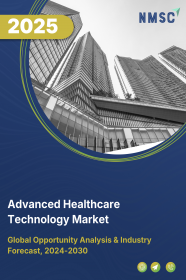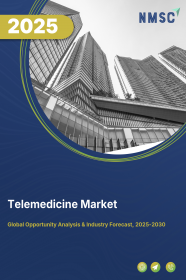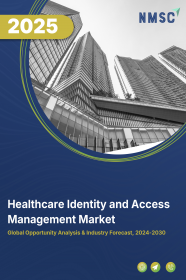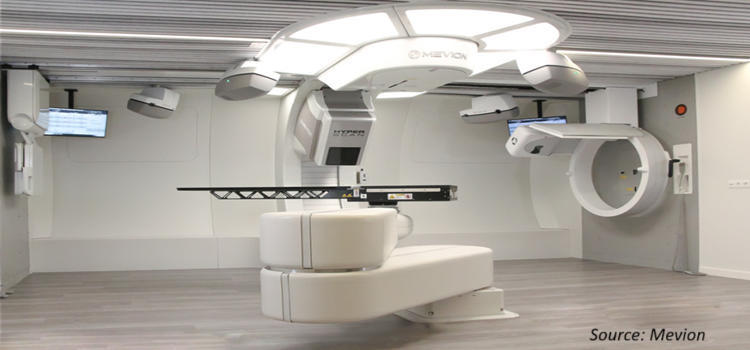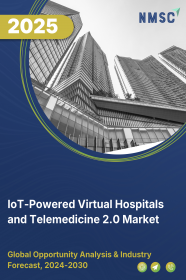
IoT-Powered Virtual Hospitals and Telemedicine 2.0 Market by Technology (IoT Devices and Sensors, and Telemedicine Platforms), by Application (Chronic Disease Management, Emergency Care and Triage, and Others), by Service Type (Remote Patient Monitoring, Virtual Consultation, Telehealth Education and Training, and Others), and by End-User (Hospital & Healthcare Providers, Homecare Settings, and Others)– Global Opportunity Analysis and Industry Forecast 2025–2030
US Tariff Impact on IoT-Powered Virtual Hospitals and Telemedicine 2.0 Market
Trump Tariffs Are Reshaping Global Business
IoT-Powered Virtual Hospitals and Telemedicine 2.0 Market Overview
The global IoT-Powered Virtual Hospitals and Telemedicine 2.0 Market size was valued at USD 108.76 billion in 2024 and is predicted to reach USD 318.31 billion by 2030 with a CAGR of 19.6% from 2025-2030.
The factors such as rise in the number of ageing population, increasing investment in healthcare infrastructure along with rising adoption of fast network infrastructure and connectivity drives the market growth. However, high initial cost and infrastructure requirements hinders the growth of the market.
On the contrary, advancement in IoT technology creates future opportunities for the market growth. Moreover, top players in the market such as Medtronic plc and GE Healthcare are taking various initiatives such as product launch and acquisition to maintain their dominance in the market. As the mature market is getting placed, growing demand for IoT-powered virtual hospitals and telemedicine 2.0 is foreseen to instigate further growth.
Rise in the Number of Ageing Population Drives the Market Growth
The increase in older populations is one of the factors pushing market growth because individuals in this age category generally have chronic conditions that need constant monitoring and managing. In person visits for evaluations can be difficult, particularly for older individuals that have disabilities in mobility or living in remote rural areas. In a report by the World Health Organization in October 2024, 1 in 6 people will be aged 60 years or over in the world by 2030. Such increase in the number of old aged population is anticipated to drive the demand of IoT-powered virtual hospitals and telemedicine 2.0 industry boosting market growth.
Increasing Investment in Healthcare Infrastructure Drives the Market Growth
Increasing healthcare infrastructure investment drives the technology adoption required for the IoT-powered virtual hospitals and telemedicine market to thrive. This investment ensures that there is sufficient connectivity, data storage, security, and platform integration to allow these innovative technologies to function smoothly and at scale. The future of healthcare, with more access, better data, and remote capabilities, hinges on the development of such infrastructure. As per latest report released by the World Economic Forum, health spending takes up to 10% of the global economy in 2024. Such increasing investment in healthcare infrastructure is anticipated to fuel the growth of the market.
Rising Adoption of Fast Network Infrastructure and Connectivity Drives the Market Growth
Rising adoption of fast network infrastructure and connectivity directly drives the demand for IoT-powered virtual hospitals and the telemedicine 2.0 market by enabling seamless, real-time communication and data exchange between healthcare devices, patients, and medical professionals. As network speeds and reliability improve, healthcare systems can adopt more advanced technologies such as the Internet of Things (IoT) to remotely monitor patients, provide virtual consultations, and manage healthcare data more effectively.
According to a recent by 5G Americas in July 2024, the wireless telecommunications industry experienced a strong expansion and technological advancement, driven by the relentless advance of 5G technology. In the first quarter of 2024, the global adoption of 5G connections continued its steady climb, reaching nearly two billion with an addition of 185 million new connections. Such rise in the number of 5G connections is anticipated to drive the demand of IoT powered virtual hospitals and telemedicine fueling the market growth.
High Initial Cost and Infrastructure Requirements Hinders the Market Growth
Setting up an IoT-powered virtual hospital or telemedicine network requires significant initial investment in devices, software, and infrastructures such as internet bandwidth and cloud storage. This can be prohibitive, especially for smaller healthcare providers thereby hindering the growth of the market.
Advancement in IoT Technology Creates Future Opportunities
The rapid advancement and enhancement of IoT technology such as wearables, sensors, and interconnected medical devices, creates new possibilities for future growth of the market, as it enables continuous monitoring of patient health. Virtual hospitals will be able to make real-time health tracking available, making it possible for health providers to receive monitoring from a distance.
Market Segmentation and Scope of The Study
IoT-Powered Virtual Hospitals and Telemedicine 2.0 Market is divided on the basis of technology, application, service type, end-user. On the basis of level of technology, the market is divided into IoT devices and Sensors, and telemedicine health. On the basis of application, the market is divided into chronic disease management, emergency care and triage, mental health services, post-surgery monitoring, and elderly care and assisted living.
On the basis of service, the market is bifurcated into remote patient monitoring, virtual consultation, telehealth education and training, healthcare data management, and medical device management. On the basis of end-user, the market is segmented into hospital and healthcare providers, homecare settings, and pharmaceuticals and research industries. Regional breakdown and analysis of each of the aforesaid segments includes regions comprising of North America, Europe, Asia-Pacific, and RoW.
Geographical Analysis
North America is the leading region in the IoT-powered virtual hospitals and telemedicine 2.0 Market, primarily due to the results from the increased health care spending in the countries such as U.S. and Canada. According to the report from the Centers for Medicare & Medicaid Services, the US healthcare spending increased at 7.5 percent of throughout 2023, reaching USD 4.9 trillion, that is USD 14,570 on average per the person. Such huge number in health spending drives the demand for advanced medical services fueling the growth of IoT powered virtual hospitals and telemedicine 2.0 industry in the region.
Moreover, rising number of chronic diseases including cardiovascular and neurovascular diseases in Canada drives the demand of advanced medical services in the region. As these conditions usually demand for regular checkups and continuous monitoring of their health. According to a report by the American Heart Association, Cardiovascular disease is the second leading cause of death, accounting for 30% of annual deaths in Canada. Such increase in the number of chronic diseases fuels the demand of IoT-powered hospitals and telemedicine driving the market growth.
On the other hand, Asia-Pacific is the fastest-growing regions for the IoT-powered hospitals and telemedicine 2.0 market as increase in geriatric populations in Asia in countries including Japan. With increase in geriatric populations, advanced healthcare needs constitute an important part to monitor their health continuously thereby fueling the market growth in the region. A Carnegie Endowment for International Peace report shows that Japan’s population aged over 65 is projected to reach 35% of its total population by 2040. The increase in the number of older people is anticipated to drive demand for IoT-enabled virtual hospitals and telemedicine, driving the market in future.
Furthermore, the growth in the number of internet users and internet usage in India propels market growth since faster internet allows for uninterrupted communication between healthcare devices, patients, and healthcare professionals in real time. Enhancements in speeds and reliability of the network allow healthcare systems to implement more advanced virtual consultations and to utilize healthcare data in more efficient ways. For example, the Telecom Regulatory Authority of India reported that as of March 2024, a user's average monthly data consumption is 20.27 GB reflecting a compounded annual growth rate of 54%. Such increase in the number of internet users and consumption is anticipated to boost the IoT-Powered virtual hospitals and telemedicine 2.0 industry resulting in market growth.
Competitive Landscape
Various key players in the IoT-powered virtual hospitals and telemedicine 2.0 industry includes Koninklijke Phillips N.V., Medtronic, Oracle, Siemens Healthineers AG, Teladoc Health, Inc, GE HealthCare, Honeywell International Inc., AliveCor, Inc., American Well, TelepresenceRobots.com, BioTelemetry, Samsung Medicine Co., Ltd., Aetna Inc., Lifesense, Dexcom, Inc. These companies are opting strategies including product launch and acquisition to maintain their dominance in the market.
For instance, in September 2024, Medtronic plc, the global leader in medical technology, today announced the launch of a new ECMO system called VitalFlow, that is a configurable one-system ECMO solution, built on simplicity and performance. This product bridges the gap between bedside care and intra-hospital transport offering physicians and clinicians an easier, smarter ECMO experience.
Additionally, in April 2024, GE HealthCare closes MIM Software acquisition, bolstering its portfolio and advancing its precision care strategy with the addition of MIM Software, GE HealthCare aims to provide clinicians and healthcare systems with increasingly integrated and automated solutions, meeting the evolving needs of providers, and reinforcing a shared legacy of advanced patient care solutions.
Key Benefits
-
The report provides quantitative analysis and estimations of the IoT-Powered Virtual Hospitals and Telemedicine 2.0 Market from 2025 to 2030, which assists in identifying the prevailing market opportunities.
-
The study comprises a deep-dive analysis of IoT-powered virtual hospitals and telemedicine 2.0 industry including the current and future trends to depict prevalent investment pockets in the market.
-
Information related to key drivers, restraints, and opportunities and their impact on the IoT-powered virtual hospitals and telemedicine 2.0 industry is provided in the report.
-
Competitive analysis of the players, along with their market share is provided in the report.
-
SWOT analysis and Porters Five Forces model is elaborated in the study.
-
Value chain analysis in the market study provides a clear picture of roles of stakeholders.
IoT-Powered Virtual Hospitals and Telemedicine 2.0 Market Key Segments
By Technology
-
IoT devices and Sensors
-
Telemedicine Platform
By Application
-
Chronic Disease Management
-
Emergency Care and Triage
-
Mental Health Services
-
Post Surgery Monitoring
-
Elderly Care & Assisted Living
By Service Type
-
Remote Patient Monitoring
-
Virtual Consultation
-
Telehealth Education and Training
-
Healthcare Data Management
-
Medical Device Management
By End-User
-
Hospital and Healthcare Providers
-
Homecare Settings
-
Pharmaceuticals and Research Industries
By Region
-
North America
-
The U.S.
-
Canada
-
Mexico
-
-
Europe
-
The UK
-
Germany
-
France
-
Italy
-
Spain
-
Denmark
-
Netherlands
-
Finland
-
Sweden
-
Norway
-
Russia
-
Rest of Europe
-
-
Asia-Pacific
-
China
-
Japan
-
India
-
South Korea
-
Australia
-
Indonesia
-
Singapore
-
Taiwan
-
Thailand
-
Rest of Asia-Pacific
-
-
RoW
-
Latin America
-
Middle East
-
Africa
-
Key Players
-
Koninklijke Philips N.V.
-
Medtronic
-
Oracle
-
Siemens Healthineers AG
-
Teladoc Health, Inc
-
GE HealthCare
-
Honeywell International Inc.
-
AliveCor, Inc.
-
American Well
-
TelepresenceRobots.com
-
BioTelemetry
-
Samsung Medicine Co., Ltd.
-
Aetna Inc.
-
Lifesense
-
Dexcom, Inc.
REPORT SCOPE AND SEGMENTATION:
|
Parameters |
Details |
|
Market Size in 2023 |
USD 108.76 Billion |
|
Revenue Forecast in 2030 |
USD 318.31 Billion |
|
Growth Rate |
CAGR of 19.6% from 2025 to 2030 |
|
Analysis Period |
2024–2030 |
|
Base Year Considered |
2024 |
|
Forecast Period |
2025–2030 |
|
Market Size Estimation |
Billion (USD) |
|
Growth Factors |
|
|
Countries Covered |
28 |
|
Companies Profiled |
15 |
|
Market Share |
Available for 10 companies |
|
Customization Scope |
Free customization (equivalent to up to 80 working hours of analysts) after purchase. Addition or alteration to country, regional, and segment scope. |
|
Pricing and Purchase Options |
Avail customized purchase options to meet your exact research needs. |







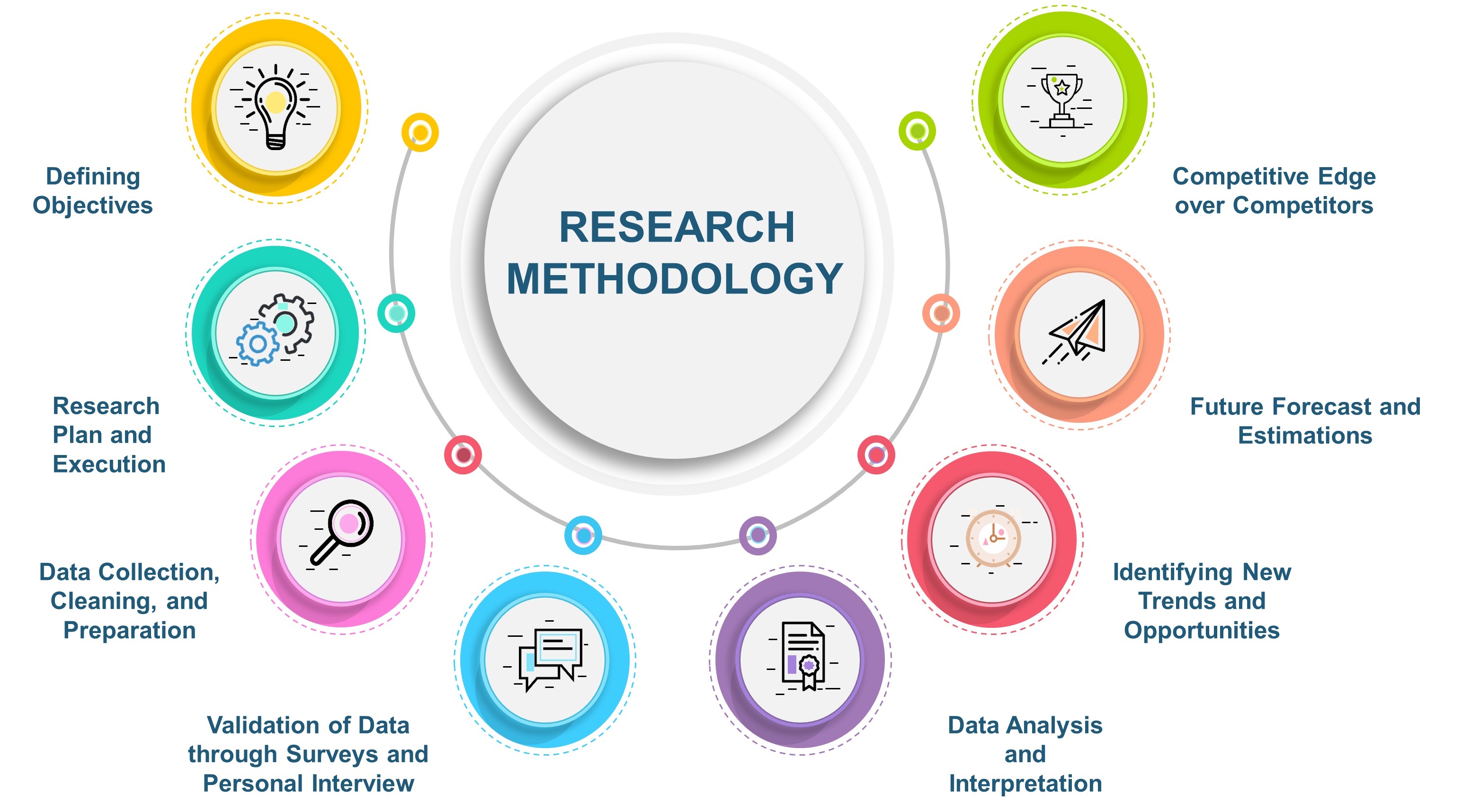
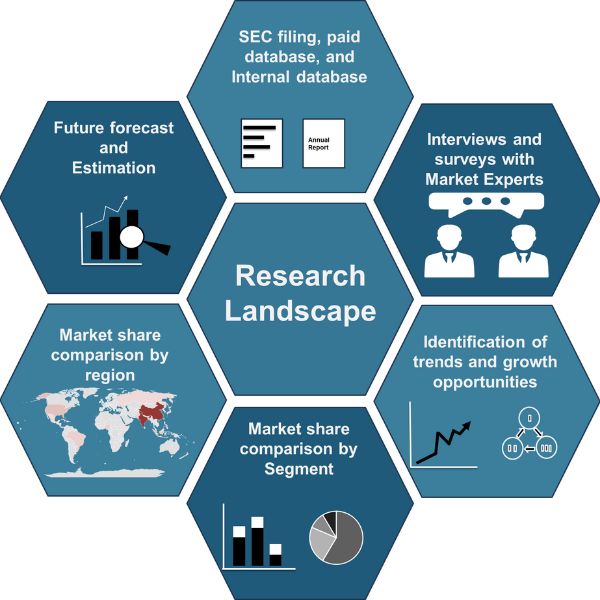

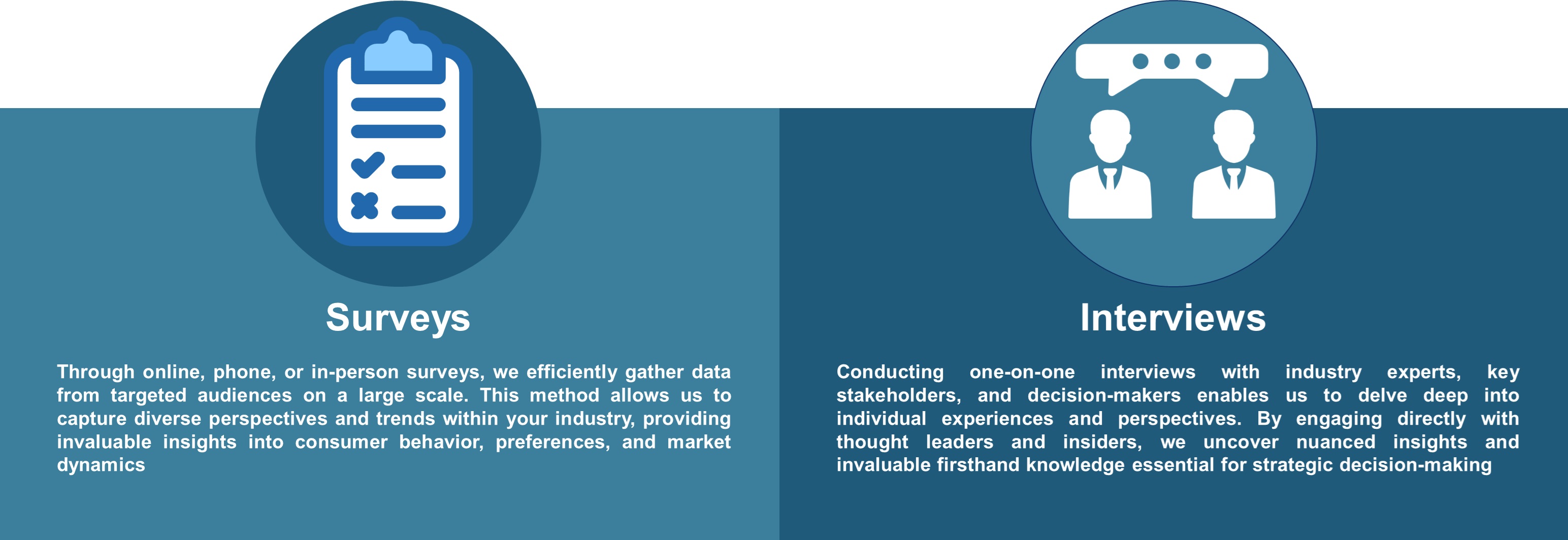



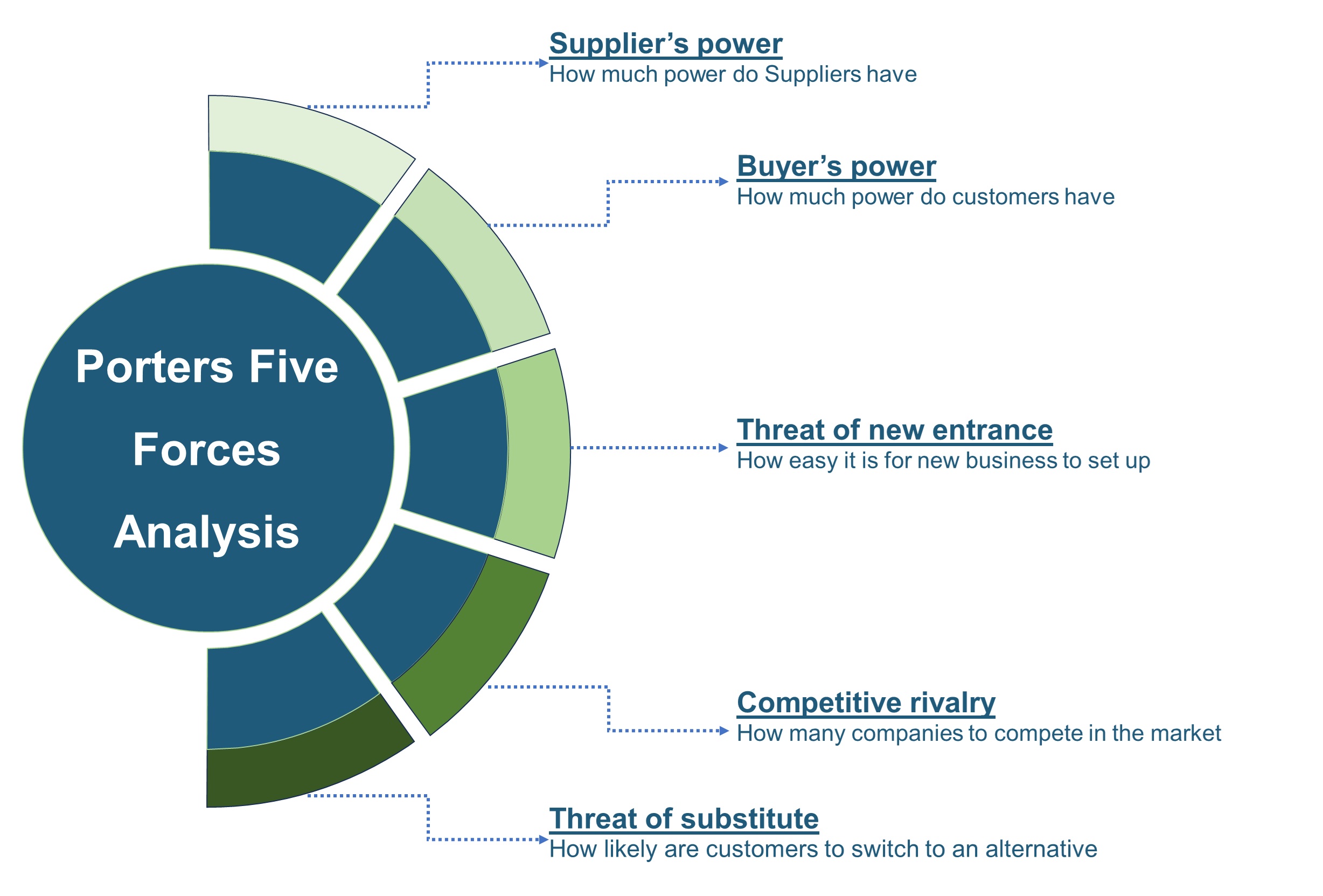

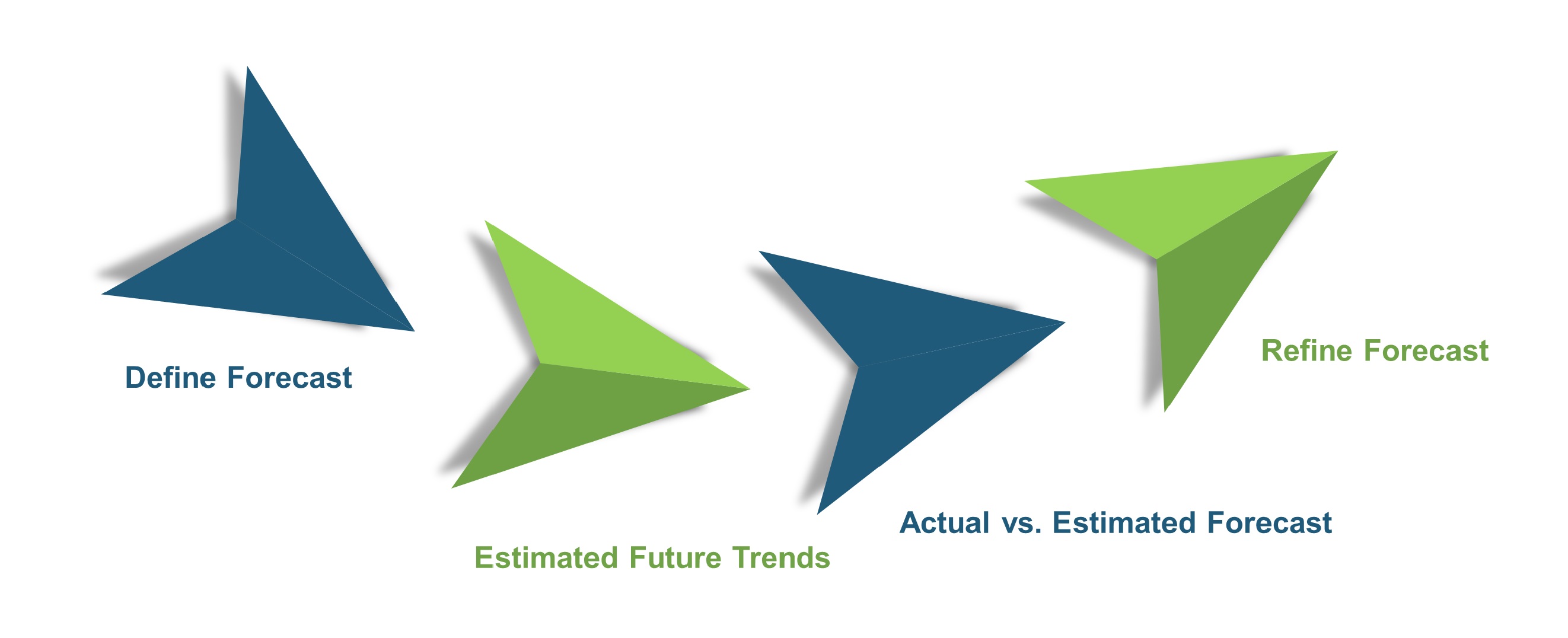
 Speak to Our Analyst
Speak to Our Analyst



